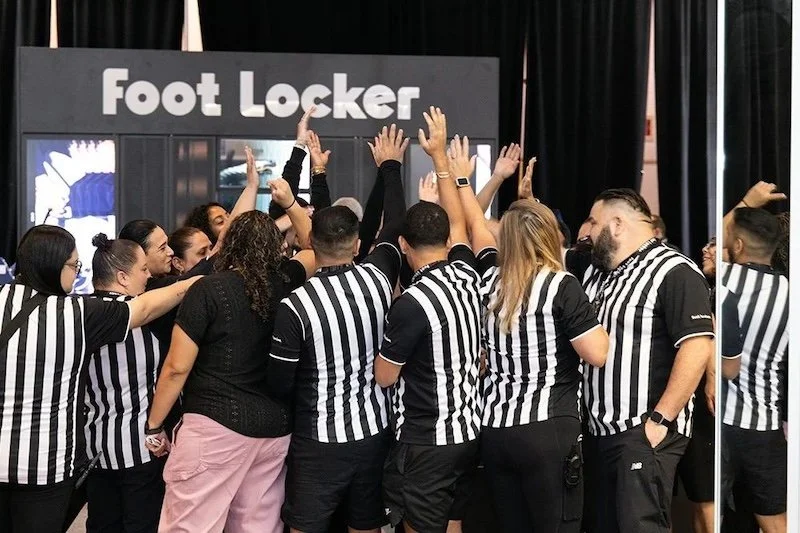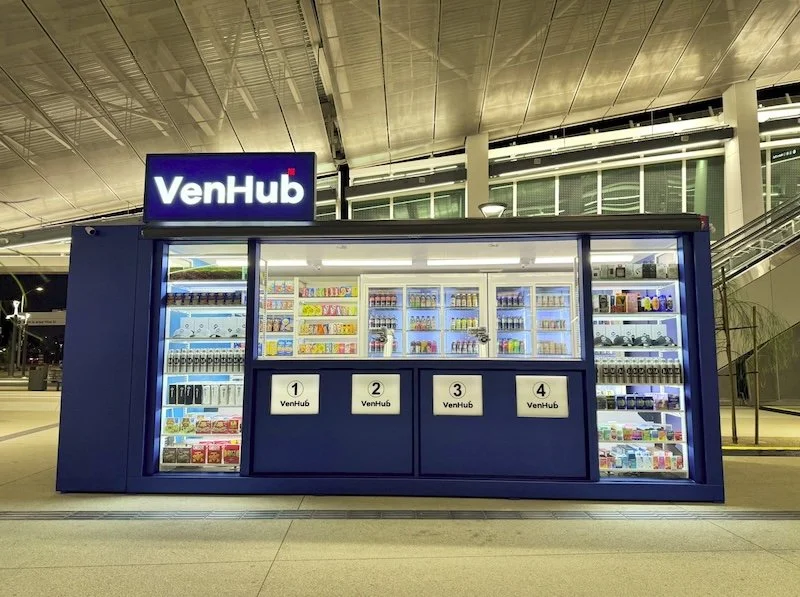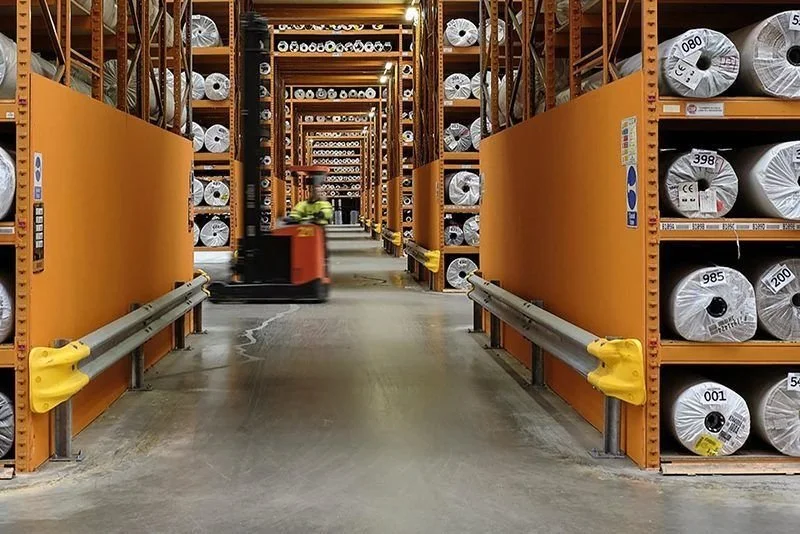Retail crime poses threat to reimagined in-store experiences
Innovations such as Amazon Go raise new threats for retail crime, but insights from in-store data can be used to combat rising theft, according to World Wide Technology.
It made the claim as the latest British Retail Crime Survey reported an increase in the direct financial cost of retail crime and the amount spent on loss prevention. Although a high percentage is now cyber enabled, in-store theft still plays a major role. This is happening as retailers are taking steps to re-imagine the in-store experience. With Amazon Go looking to open as many as six new stores in 2018, there are various ways that retailers are working to reduce queues and improve customer experience. World Wide Technology observes that these could often mean less staff on the ground, creating a need to re-think the approach towards retail crime prevention.
Matt Sebek, Vice President of Digital, argues that the surge in retail crime as well as increased spending on prevention, needs to be met with a well thought-out strategy. Amazon has taken a high-tech approach, investing in face recognition and motion sensors within its new stores. However, it is possible to thwart this technology – sometimes by simply wearing a cap over the face. “In our theft prevention work with retailers, we’ve found that a softer approach is possible, driven by data. In 2017, a leading café chain in the US introduced a ‘rapid pick up’ scheme to enable faster Click and Collect services. They, like most retailers, were worried that this would increase theft vulnerabilities,” he says.
He adds that a whole host of data can be used to help prevent theft. Data from RFID tags can be used for both real-time and historical reporting, allowing companies to track which products are most picked up, moved around and most vulnerable to being stolen. “Using the in-store network, we also look at customer journey patterns to design a store plan which places the most vulnerable items in the most secure location,” says Sebek.
“Using this multi-faceted approach, there is usually no increase in theft when stores introduce a quick pick-up option. Retail crime prevention can be boiled down to the data of ‘Who What and Where’. Looking at the data from customers who are logged into in-store Wi-Fi, for instance, store managers can access a real-time view of the movement in their stores, identifying the customers present and areas where there is crowding. Similarly, RFID tags give insights into movement of high-value products through the stores. Data can also be used to identify busy periods of the day or the week to increase vigilance accordingly.”










Continue reading…